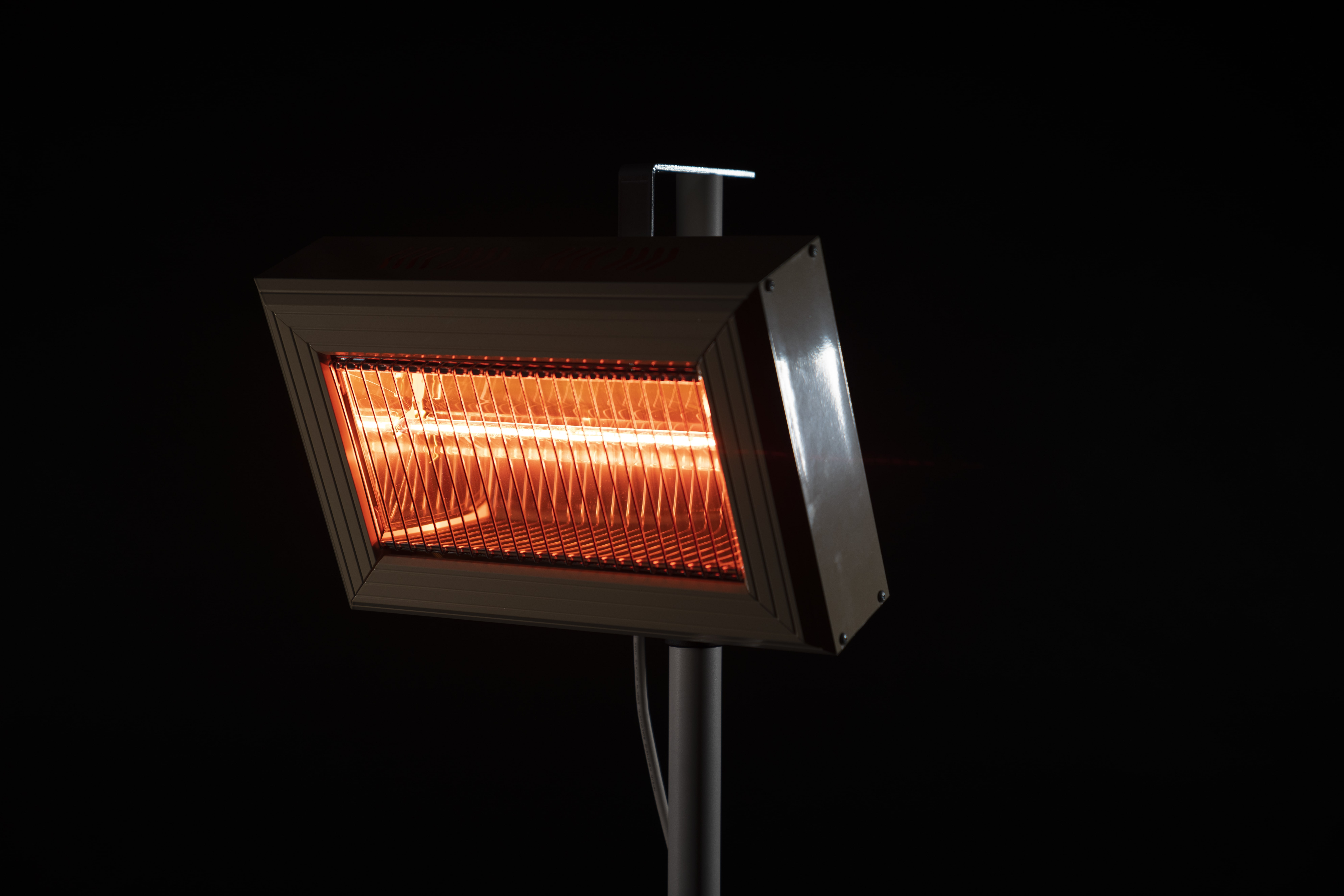
How does radiant heating work, and what are the differences compared to other systems?
When it comes to heating, it’s important to have a clear understanding of the differences between various systems and assess, based on one’s situation, the advantages of one system over another. Heat, as we all know, is energy in motion; what we perceive as comfortable temperature is simply a form of energy.
We know that the propagation of heat occurs spontaneously from warmer objects to cooler ones, in the following ways:
- CONDUCTION: This mechanism involves direct contact between two objects. For example, touching a hot pot with our hand results in the transfer of energy from the metal to our body through direct contact.
- CONVECTION: In this mechanism, energy is transported through the movement of air. When we heat a fluid, it tends to become less dense and therefore “lighter.” This initiates a movement that carries the warm air upward and pushes the cold air downward.
- RADIATION: In heat transmission by radiation, neither the contact between two bodies nor the presence of a moving fluid is necessary. In fact, this mechanism can occur even in a vacuum. Consider what happens when we are in the mountains on a cold winter day. Despite low temperatures, we can take off our jacket because we are warmed by the sun’s rays. This is radiant heating.
Industrial heating systems.
These three principles of heat propagation are also utilized for heating buildings, businesses, warehouses, and workspaces. The substantial difference among the various types is how heat circulates within the spaces, with significant variations both in perceived comfort and air quality.
There are many radiant heating systems, including direct flame gas, hot water, steam, and electric. Assuming that all systems work well, let’s evaluate the advantages of our infrared radiant heating system with infrared heaters.
In general, electric radiant heating with infrared lamps is a green, zero CO2 emissions system that is currently the least energy-intensive. This is due to both the absence of emissions and reduced consumption. It has a low purchase cost, no installation expenses (plug-and-play system), and virtually no annual maintenance costs.
Ease of installation, use, and maintenance.
Additional points to consider are that there is no need for a specific design; a simple electrical project is sufficient. Moreover, there are no constraints or issues related to fire prevention certificates, local health authorities, dedicated technical rooms, or chimneys, etc. Crucially, it’s essential not to forget that our heaters adapt to every type of layout; they are entirely and easily disassembled and movable.
The maintenance-free nature of our radiant heating system with infrared lamps sets it apart from any other heating system that requires much more effort, along with the presence of specialists and safety equipment for combustion control, regulation, and cleaning of heating elements or air filters.
Radiant heating allows for great flexibility, enabling the activation of only the zones that require warmth when needed, without any additional cost. It offers zero emissions, no noise, and no air movement—warming workstations without unnecessary heat dispersion and stratification. From a safety perspective, the advantages stem from the absence of gas and any other combustible materials.

